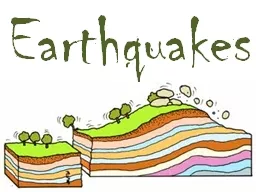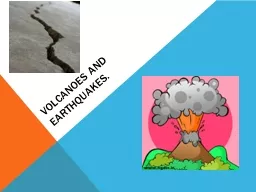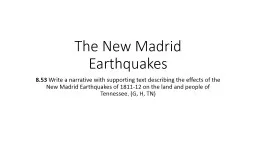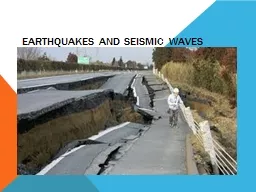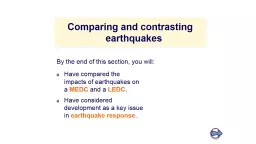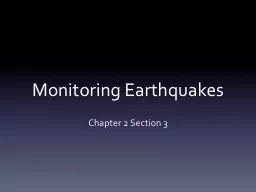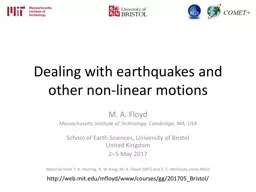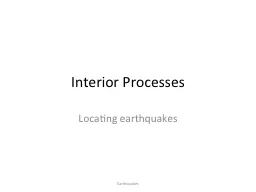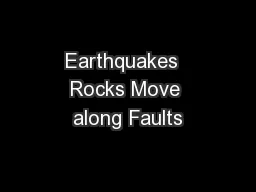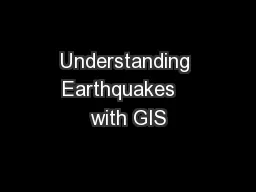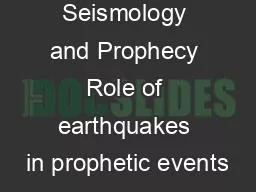PPT-How DO they actually locate earthquakes?
Author : tatiana-dople | Published Date : 2018-02-14
Alternatives to SP Triangulation Hubenthal M Taber M An Inverse Problem W e know the end product arrival times W e have a velocity model for Earth and we want
Presentation Embed Code
Download Presentation
Download Presentation The PPT/PDF document "How DO they actually locate earthquake..." is the property of its rightful owner. Permission is granted to download and print the materials on this website for personal, non-commercial use only, and to display it on your personal computer provided you do not modify the materials and that you retain all copyright notices contained in the materials. By downloading content from our website, you accept the terms of this agreement.
How DO they actually locate earthquakes?: Transcript
Download Rules Of Document
"How DO they actually locate earthquakes?"The content belongs to its owner. You may download and print it for personal use, without modification, and keep all copyright notices. By downloading, you agree to these terms.
Related Documents


